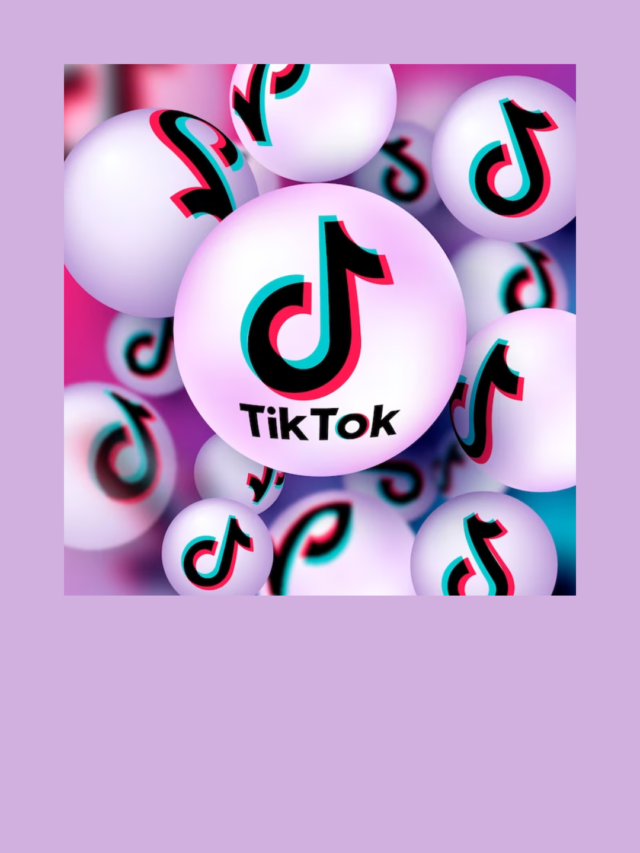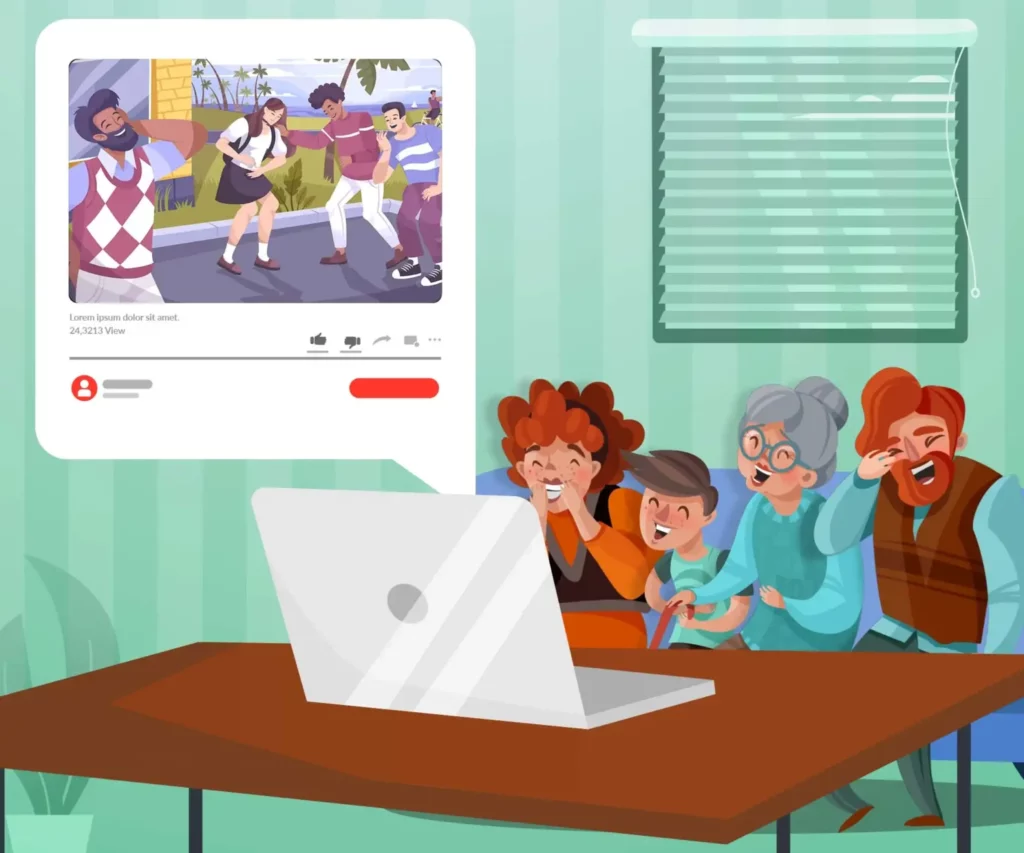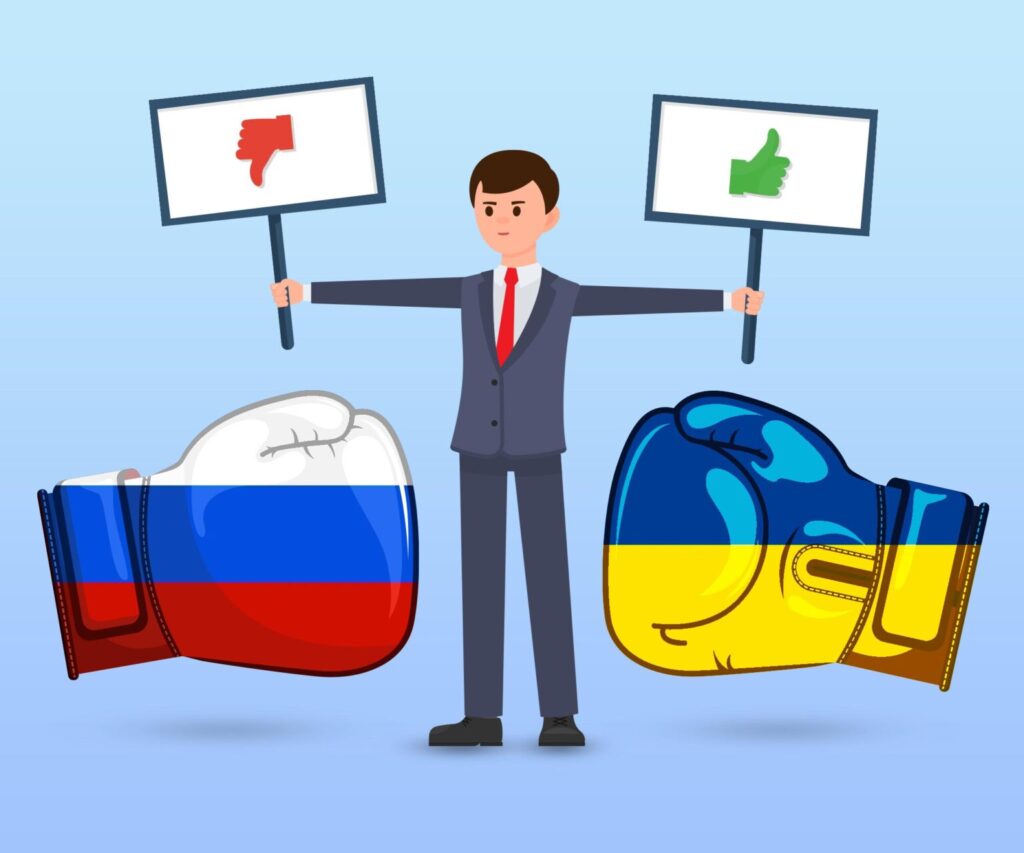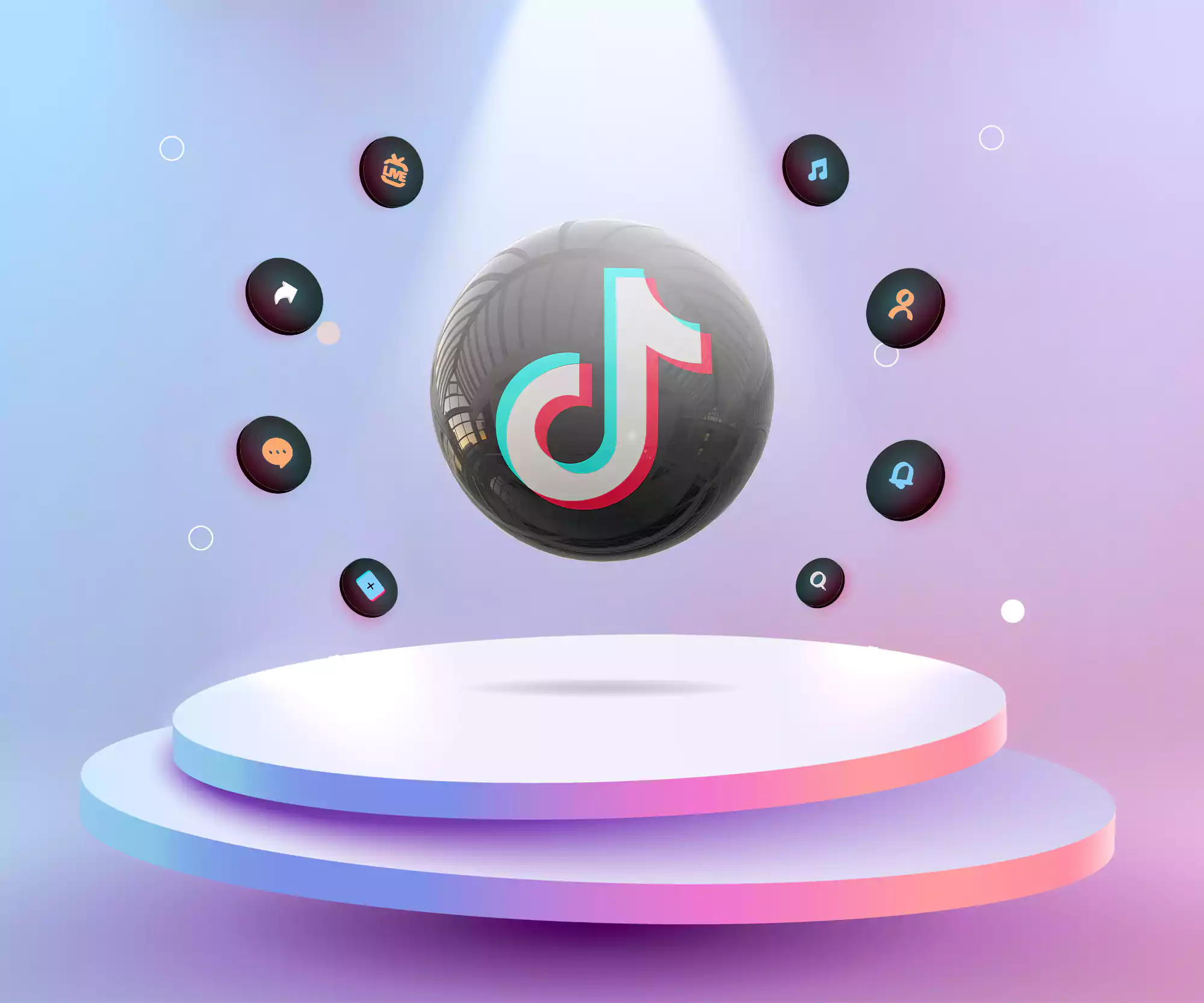
From being featured as notable mentions in pop lyrics to establishing social media phenomena, TikTok is currently enjoying a comfy spot as far as networks go. The much-celebrated short video-creating application has established itself as one of the best video platforms in the digital world. As a result, it has noticed a sudden influx of content creators in the last two years. Additionally, it has become the most downloaded app in the world by surpassing more than 3.5 billion total downloads. Interestingly, Gen Z and millennials make up 80% of TikTok’s user base.
Several factors contributed to this exponential rise of TikTok, one of which was COVID. During quarantine, when people craved connection, TikTok came to the rescue with its optimised mechanisms. It allowed users to collaborate with other creators—lip-syncing famous dialogues, dancing, or making educational videos. People expected that after the lifting of lockdowns, TikTok’s growth would plunge. Surprisingly, the contrary happened.
Why do content creators love TikTok?
The simple answer is that this platform has made worldwide visibility of content possible in a short time. The probability of reaching the masses and going viral is immense, regardless of the genre. The app puts hair tutorials, dance lessons, cooking videos, and math lessons together—all on the same platform, with similar prospects.
However, a criticism that Tiktok receives is that it’s a collection of people saying and doing weird things and getting famous. And it’s hard to defend the app against that as well. Anyone can create a TikTok and get their 15 minutes of fame. But to stay relevant, you must produce consistent and creative content, which requires hard work.
Creating video content is the best choice when promoting a brand. 86% of businesses use video as their primary marketing tool, replacing many older platforms. According to senior media analysts, Facebook is fast losing its relevance in entirety, especially among younger consumers. In the UK, for instance, people in the age group of 18-24 are spending as much time on TikTok as Facebook, Instagram, and Whatsapp combined.
TikTok is known for introducing new content, especially music, to its viewers. Most of the viral TikTok videos contain music from videos that don’t have a lot of views on the original track on YouTube. By introducing this music on their platform, TikTok gives artists and music labels a fandom-based push, free of cost. In the entertainment industry, that is an unrivalled currency.
The app has improvised and turned itself into a party-house of video content—creating new opportunities for the content creators.
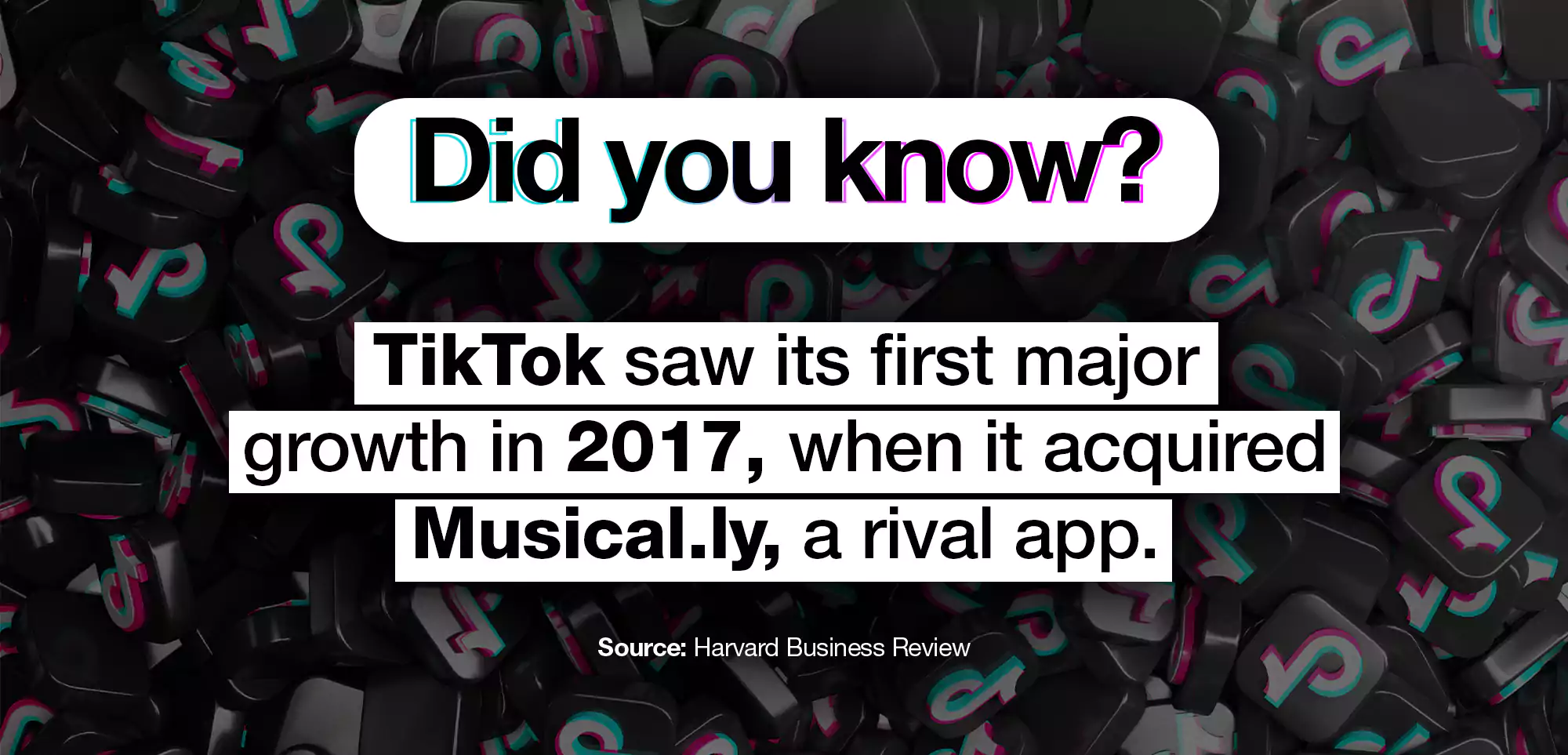
Will TikTok replace YouTube in the distant future?
With over 2 billion monthly active users, YouTube is the largest video-streaming platform. Surprisingly, the average TikTok user spends 52 minutes a day on the app, while the average YouTube user spends 11:24 minutes. The reason behind this is the swipe-up mechanism of TikTok. Due to this feature, you can consume a considerable amount of content in one sitting. In response, YouTube introduced ‘shorts’, whose interface is very similar to TikTok. YouTube plans to give a 45% share of the revenue generated from shorts to content creators starting in 2023. Even though it may seem like TikTok has rattled its competitor, YouTube is known for its in-depth content, and its top status is unlikely to change anytime soon.
From a revenue standpoint, it is predicted that TikTok will catch up with YouTube by 2024. Both are expected to generate $23.6 billion in ad revenue. In addition, a survey revealed that TikTok has grabbed more than 2/3rd of the market share in the US, specifically amongst Gen Z, and is giving head-to-head competition to YouTube.
Another report published in August 2022 found that YouTube is still the most popular streaming platform amongst US teens, but TikTok is gradually catching up. Teenagers are now more interested in short-form content in TikTok and Instagram Reels than in full-length YouTube videos.
Apart from YouTube, the biggest competitor of TikTok is Meta. In the world of social media, there’s an ongoing battle for users’ attention spans. It’s fair to say that YouTube is a more stable platform and the creator-viewer relationship here is more robust. When I subscribe to a YouTube channel, I take the time to analyse their form of content. On the contrary, following people on TikTok is more of an impulsive act.
Why are brands jumping onto this platform?
TikTok turns out to be a great channel when it comes to promoting your brand or selling a product. One can use it either for scouting branding opportunities or content marketing. Being at the top of the most trending apps gave businesses a voice, a sense of community, and huge growth potential. A recent study predicted that TikTok was the platform where 15% of the buyers first know about the product they bought. Last year, this number was 4%. Most of the first impressions of the most-bought products still come from content generated on TikTok.
TikTok influencers are paid to feature products in their videos and drive conversions while building brand awareness. Reports reinforce that short-form video content has a higher ROI than any other format. Advertisers are finding their way into TikTok as the time spent on the app gradually increases. Growth marketers are looking to expand their campaigning budget on this platform. They are willing to experiment with new forms of content—memes, behind-the-scenes, tutorials, and funny challenges.
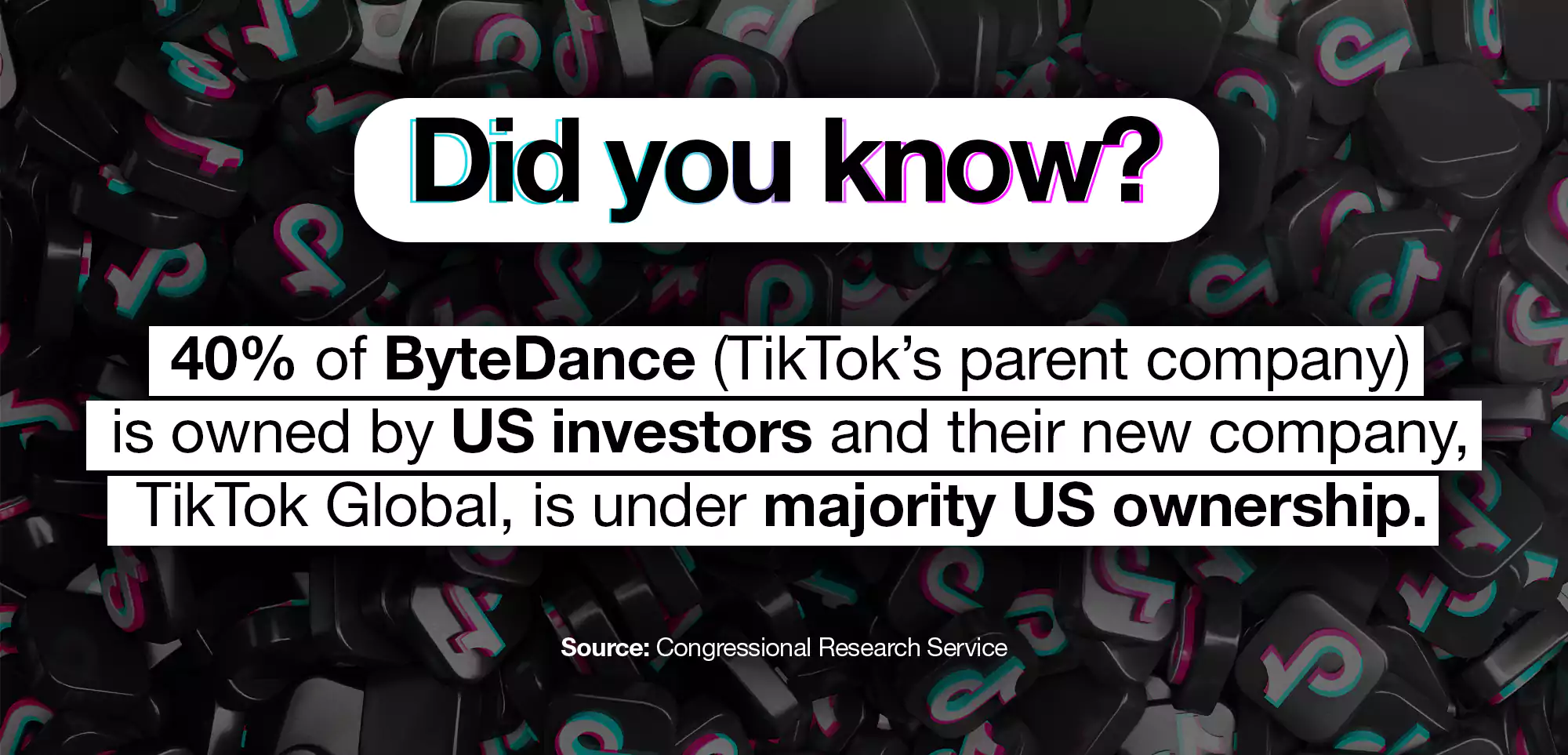
TikTok and the issue of data protection
TikTok, according to western analysts, has two problems:
- It comes from China.
- It’s immensely—and almost exclusively—popular amongst the youth.
The relationship between the Chinese government and the US has been rather complex. In addition, Americans risking their data to Chinese cooperation is more concerning. Although TikTok claims that the application’s data remains within the US and is not subject to Chinese law, many American experts remain sceptical.
Similar concerns emerged in the Indian market, as data protection laws in India are fragile. India, at the time, was one of the biggest markets for TikTok. In a matter of days, it became one of the most downloaded apps in the country. But where was all the data being held? How can it be used? These questions gave the Indian government ample reasons to worry.
In June 2020, as the tensions between the two countries grew, India banned TikTok and 250 other Chinese apps. Undoubtedly, India was a big market, and the ban severely affected TikTok’s user base. Soon after that, several clone apps also infiltrated the market. But despite all the issues and obstacles, TikTok currently stands as one of the fastest-growing apps in the world.
No platform has witnessed growth like TikTok, except maybe Facebook in its early days. It’s proving to be a strong player in a hyper-competitive social media market. Having promoted creative content from meme culture, self-expression, branding and rebranding, fan art, and so on to a whole new level, the app enjoys a powerful position in the virtual food web. And given its constant evolution in tandem with recent trends, that doesn’t seem likely to change.
